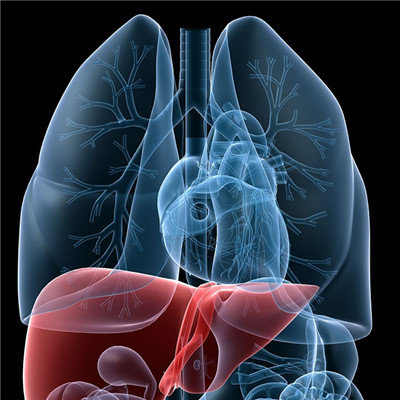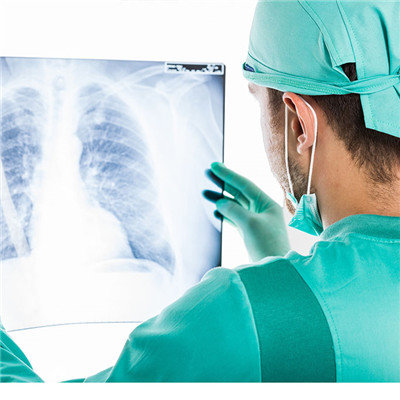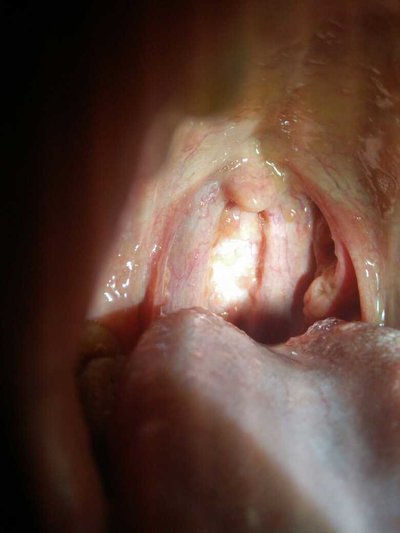What disease is severe pancreatitis?
summary
Severe pancreatitis is often called acute hemorrhagic necrotizing pancreatitis or acute necrotizing pancreatitis. The onset of the disease is rapid, the disease develops rapidly, and the mortality is high. Clinically, there are abdominal pain, abdominal distension, nausea, vomiting, fever and other symptoms. Here is a detailed description of the disease.
What disease is severe pancreatitis?
First, symptoms; According to clinical manifestations, pancreatitis is divided into mild pancreatitis and severe pancreatitis, severe pancreatitis is divided into moderate pancreatitis and severe pancreatitis. Severe pancreatitis refers to the pancreas itself inflammatory lesions or combined with other organ damage, renal failure, respiratory disorders, circulatory disorders and other symptoms. If circulatory disorders can not be relieved within 48 hours, it belongs to severe pancreatitis. The mortality of severe pancreatitis is relatively high. At present, the mortality is about 10% after comprehensive treatment.

Second, inspection; Amylase in serum belongs to glycoside chain hydrolase, which mainly comes from pancreas. In addition, there is a small amount of amylase in proximal duodenum, lung, uterus, lactation mammary gland and other organs. Amylase plays an important role in the digestion of polysaccharides in food. The determination of serum amylase activity is mainly used for the diagnosis of acute pancreatitis.

Third: the harm is severe acute pancreatitis. The disease is very fast. After dinner, the patient will have severe abdominal pain in the middle of the night. If he can't control the disease immediately after he is sent to the hospital, he will die in three or five days, at most in a week. Among the 10 patients with severe pancreatitis, at least three will die. This is still the data of advanced foreign medical centers. In terms of domestic situation, in my opinion, the mortality rate is much higher, and many of them have been sent away in recent years.

matters needing attention
In the previous treatment plan for this disease, it was advocated to actively clean up infected and necrotic tissues. Figuratively speaking, piles of silt like things in the river bed were taken out from the abdominal cavity every time, but often tissue necrosis was a process. One kilogram was taken out today, and two kilos will continue to be necrotic tomorrow. Some patients with severe inflammatory reaction, severe intestinal edema, the stomach can not be closed after surgery, had to use temporary closure patch. Now the more advanced concept is to advocate that patients do not need to open a big knife, use minimally invasive methods to remove pus a little bit, remove the factors causing inflammatory reaction, and create good conditions for patients to recover themselves.












